Why the Babylonian Queen Semiramis has remained forever in history
Categories: History
By Pictolic https://pictolic.com/article/why-the-babylonian-queen-semiramis-has-remained-forever-in-history.htmlThe ancient Babylonian kingdom existed for almost fifteen hundred years. Despite this, most of us will find it difficult to name at least one Babylonian king. But everyone knows Queen Semiramis, the creator of the famous Hanging Gardens, one of the seven wonders of the ancient world. It must be said that the involvement of this woman in the construction of this structure is controversial, as is the very existence of a miracle. Nevertheless, Semiramis still deserves special attention and respect.
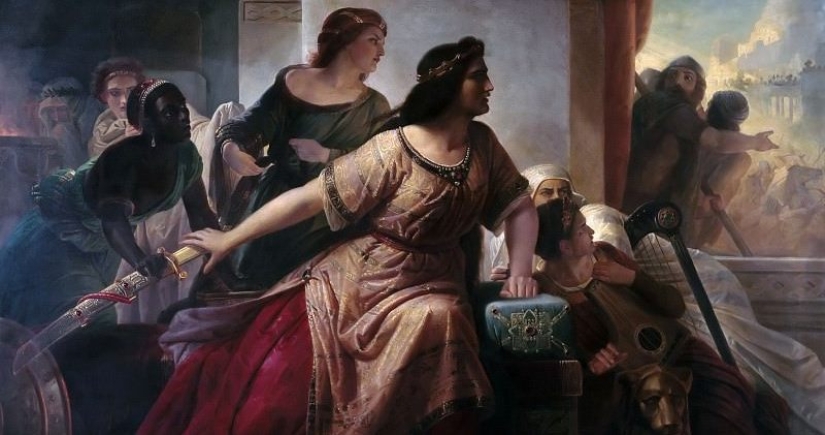
For a long time, historians and archaeologists have been arguing about whether the legendary Queen Semiramis actually existed. Today we know for sure that such a queen once ruled Babylon, but her name was a little different — Shammuramat. She was a ruler whose will and energy could be envied by many male monarchs. She successfully waged wars, expanding her kingdom, laying cities, developing sciences and arts. Yes, the queen was also the mother of the king who started the construction of the Tower of Babel.
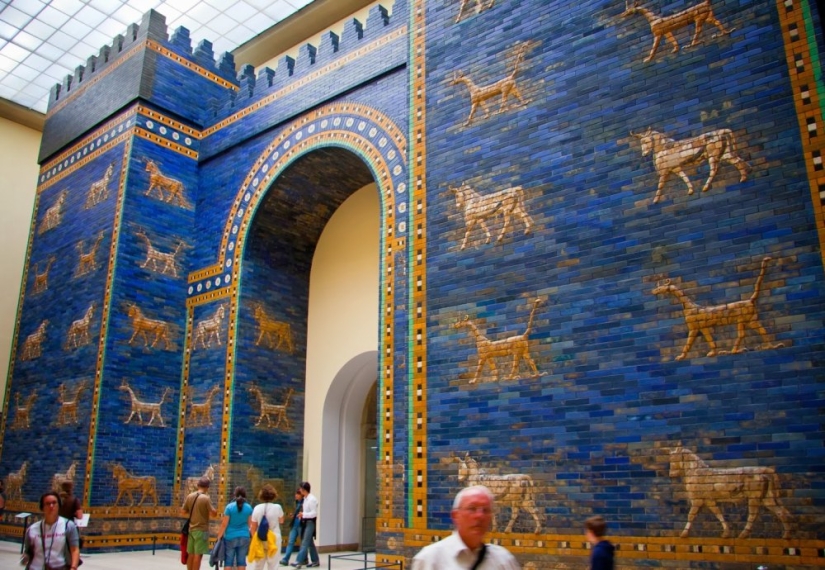
The life of Semiramis was overgrown with a huge number of myths and legends. She was attributed a divine origin. The queen was considered the daughter of the goddess Derketo, similar in many ways to Dagon, the god of agriculture and creation. Derketo was depicted with a fish body, but with the arms, chest and head of a woman. According to legend, the goddess threw her newborn daughter into the field. There she was fed by pigeons until a shepherd named Simas came across the baby.
Semiramis became the wife of the Assyrian king Nino. He was also attributed an origin from the gods. The king was recognized as the son of Baal, the god of rain, thunder and fertility. Nino remained in history as a reformer and a great entertainer. He was credited with the invention of hunting with dogs and horse riding. This is probably why the king was often depicted as a centaur.
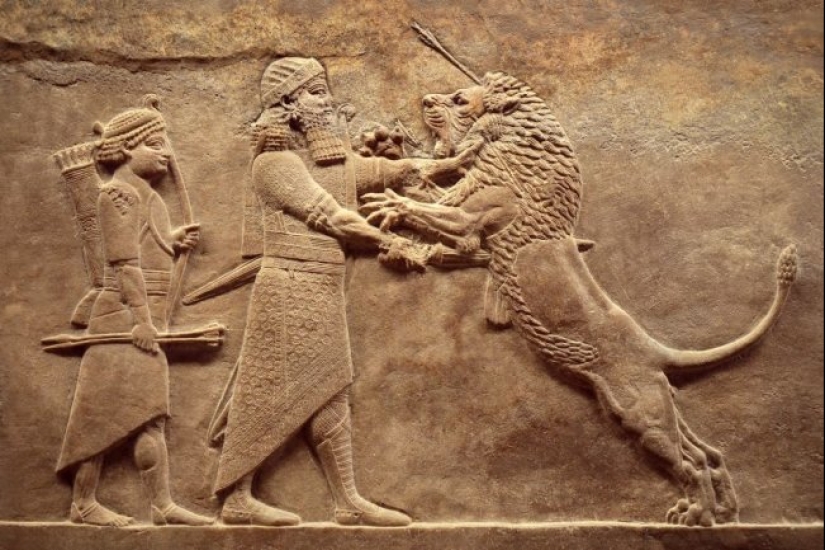
This ruler founded the city of Nineveh, and fought a lot and successfully. He captured Mesopotamia, Asia Minor and part of the Middle East. Having reached with the army to Bactria, Nino met Semiramis. The woman at that time was already married to the Syrian military commander Onnis, to whom she gave birth to two children.
Nino became infatuated with a married beauty and even forced her husband to commit suicide. After that, the king with a clear conscience took the widow to wife. Semiramide even managed to give birth to a son, but then killed her husband. Twice the widow buried Nino in a beautiful mausoleum near Babylon and began to reign herself. She did it well, as evidenced at least by the fact that the queen ruled Assyria for more than 40 years.
In ancient sources, Semiramis is described as a formidable conqueror. The queen was used to getting what she wanted at any cost. One of the legends says that the ruler fell in love with the Armenian king Ar the Beautiful. But he did not reciprocate, for which he paid. The Assyrian queen went to war with Armenia and seized the kingdom. Semiramis wanted to forcibly make Ara her husband, but during the massacre he was accidentally killed.
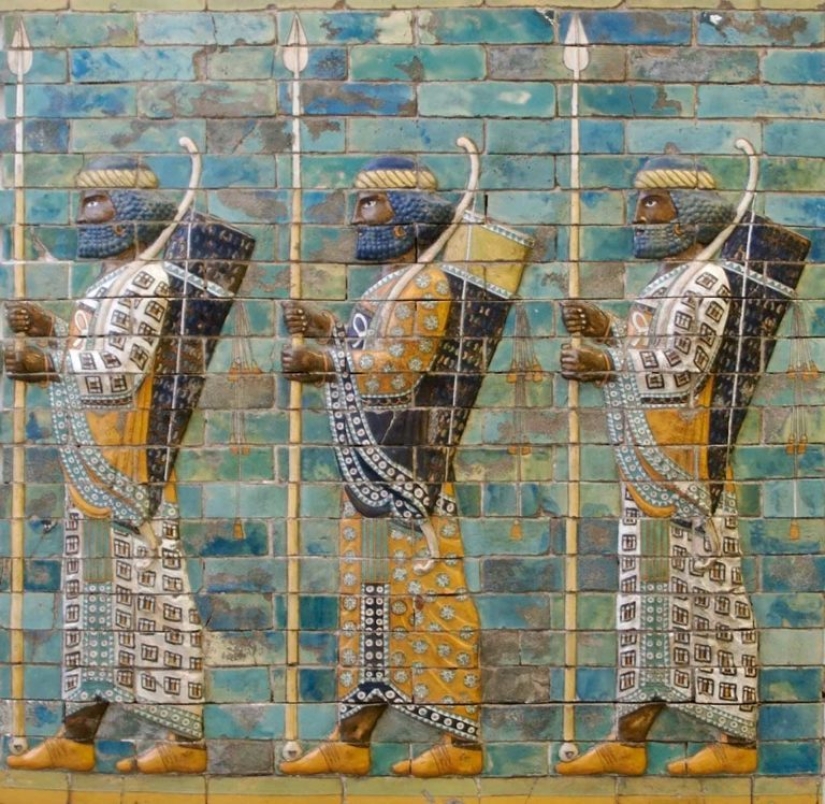
The death of the tsar threatened serious complications — the Armenians began to prepare for a large-scale uprising. Then the queen dressed up one of her lovers in the clothes of a Macaw and showed it to the people. Semiramis assured the rebels that the gods had resurrected their monarch and they believed. The intensity of passions subsided, and the rebellion did not take place.
But the exploits of the Babylonian queen in the war and on the love front are not as well known as her urban planning projects. Semiramis is credited with creating the famous Hanging Gardens of Babylon. But many believe that this wonder of the world was built in 600 BC by King Nebuchadnezzar II. The ruler created the gardens as a gift to his wife Amitis. She came from a mountainous Mussel and missed her homeland very much. Terraces with lush vegetation were supposed to remind the queen of her native home.

Some historians believe that there were no Hanging Gardens at all. As an argument, they cite the fact that no trace of this structure has been found yet. If you believe the Greek authors, the gardens were quite monumental and there should have been at least something left of them.
The historian Strabo wrote about the gardens. He claimed that they were built two hundred years before the birth of Semiramis. The gardens did not last long and burned down together with Babylon during the siege of the city by the Parthian king Evemer. The capital of the kingdom was in decline for a long time, but with the coming to power of Semiramis, Babylon was reborn. The queen built new impregnable walls around it, and also built beautiful palaces and parks. Perhaps she also restored the gardens of Nebuchadnezzar II, which is why she was credited with their creation.
It is not surprising that a historical figure of such a scale as Semiramis attracted the close attention of various chroniclers and just graphomaniacs. Especially got the queen in The Middle Ages. Then the Catholic Church decided to make her a great libertine and a helper of the devil.

A certain Spanish priest and historian Paulo Orosia accused Semiramis of cohabiting with his own son and ... a horse. The holy man gave free rein to his painful fantasies on the pages of his pseudoscientific work "Seven Books on History against Pagans". The goal was achieved and Semiramis began to be perceived as the embodiment of vice. Dante Alighieri placed the queen in the second circle of hell. The poet Petrarch wrote about this woman as a symbol of love's evil fate.
But the medieval attacks were nothing compared to the massive attack in the 19th century. In 1853, the Scottish Protestant priest Alexander Hislop published the book "Two Babylons". This work was, in fact, a pamphlet on the Catholic Church, which Hislop portrayed as Babylon. To the numerous vices of Semiramis, the author also added the invention of polytheism. The priest identified the queen with the biblical whore of Babylon.
It was in Hislop's book that it was said that Semiramis gave birth to King Nimrod, famous for the construction of the giant Tower of Babel. The writer also claimed that the ruler took her offspring as her husband and gave birth to her son Tammuz in an incestuous marriage. But the cuneiform tablets deciphered later cast doubt on the story of Nimrod.
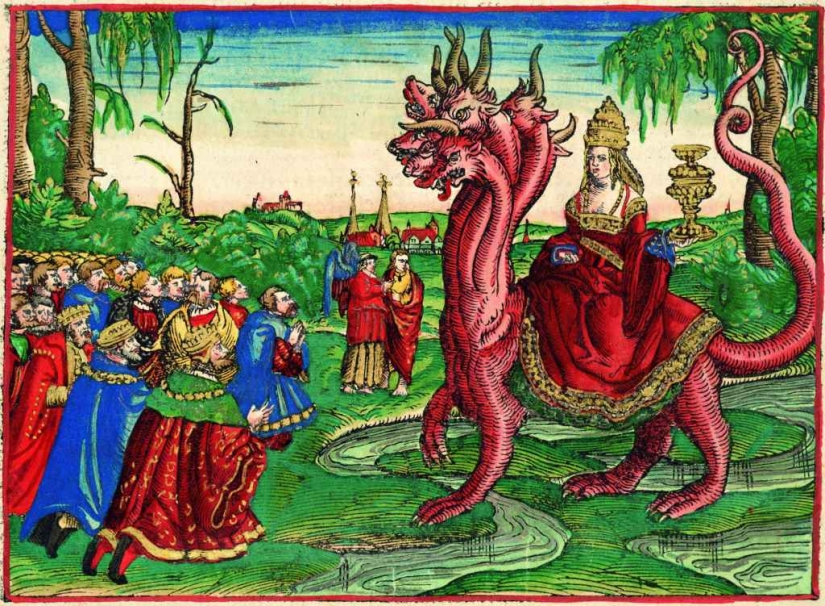
The painstaking work of scientists made it possible to rehabilitate the queen, who, as it turned out, was the patroness of sciences and arts. Alas, the exact origin of this lady has remained a mystery. Most likely, she was born in Syria, Urartu or Ascalon. In the annals, the queen appears suddenly, together with her son Anad-Nirari II. The two of them began to rule the empire, and the power of Nino's heir was formal and the mother was in charge of everything.
Semiramis ruled for 42 years and then abdicated in favor of her son. After that, she disappeared from the field of view of the chroniclers and nothing is known about her future fate. The queen retired, handing over to the heir a powerful and prosperous state. Its capital, Babylon, was the largest and most beautiful city in the Ancient World, rivaling Rome itself in grandeur. Women like Semiramis, the history of the Near and I didn't know the Middle East anymore.
Recent articles

Leonardo da Vinci was accused of being fond of orgies. William the Conqueror, despite all his successes, was called a "Bastard" ...

Modesty? Decency? A sense of tact? No, you haven't heard! Just look at what the people from the selection below are doing! No ...

American documentary photographer Bruce Davidson came to the UK in 1960 for a couple of months on the assignment of Queen magazine. ...